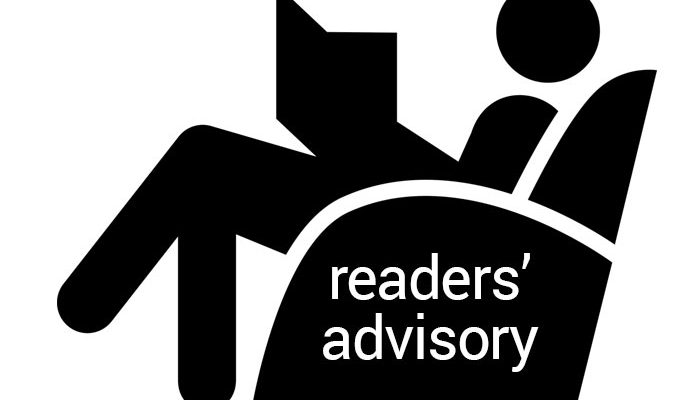It’s a new year and a great time for making reading resolutions. One form this resolution may take is to respond to a Reading Challenge. Taking this type of challenge can not only be fun, but also a great opportunity to change some of our entrenched reading habits.

Judging a Book by Its Cover
The old stern warning not to judge a book by its cover has been superseded by today’s advanced visual marketing techniques – we can rely on cover design to tell us a lot about the book we are holding.
Peter Mendelsund, a successful New York based book cover designer and author of What We See When We Read, spoke about this very subject at the OLA RA Committee’s RA in a Day event in November. His stated aim in cover design is to distill the book’s essence down into one visual metaphor; a tough job, done through close reading and many iterations of design options to catch the feel of the book. All of this intense study and hours of focus by good cover designers is intended to hand us a book that visually cues the reader to understand what kind of book, or reading experience, they will be getting.
In interviews, Mendelsund has expanded on this idea, explaining:
All of these steps are taking place for me every day—the reading, the translating of the reading into the imagination, and the translating of the imagination into an actual physical artifact. It has to be generalized enough that other people can look at the cover and say, “That’s the kind of thing I would imagine as well.” (New Yorker, Aug 5, 2014, Peter Terzian)
I never put “something I had seen while I was reading” on the cover of a book. This is mostly because I don’t think I do a lot of “seeing,” in the optical sense, while I am reading (even when I am reading specifically in order to design a cover).
Rather, I think conceptually while I am reading, and it’s that conceptual engagement with the text that leads to the cover. I’m reading with an eye towards narrative importance, thematic importance, metaphoric weight, etc. When I’m making a cover after I’ve read a book, those images I am manipulating are brand new to me—they don’t emerge while I am reading. (Designers & Books, Sept 2, 2014, Steve Kroeter)
Not every designer or publisher is so thorough – we all know of many mismatched covers and stories, particularly those which come via reprint houses who make no effort to create good cover design. However, with most reputable publishers, cover design is a big part of their marketing. So let’s take advantage of the work they’ve done to help us do our jobs as Readers’ Advisors more easily and efficiently.
What can a cover tell us? We can evaluate what the image is telling us; is it modern, dated, aimed at adults or children, gender-focused? Is it sweet or scary? Are there clear signifiers of genre, like a couple in a clinch, or dark and bloody images? How large is the author’s name in comparison to the title? We can look at the blurbs; who is recommending this title? Even the publisher summary on the back or the end flaps can be useful to give a general idea of what kind of book we’re holding.
Examining the cover art and materials is just the beginning. There are additional elements that allow us to read a book in ten minutes, a practical way to expand our collection knowledge. To do so, examine the book’s physical characteristics beyond the cover — read a few pages of the opening and final chapters, and get a sense of the pace, storyline and appeal factors. Note any other details about the author or series information that will help you to remember and recommend this book to library users.
This is an easy RA habit to add to your weekly routine, and is a quick and useful way to ‘read’ many more titles than otherwise feasible. To begin incorporating this practice, follow along with the full checklist shared by Jessica Moyer (author of the Readers’ Advisory Handbook and Research-Based Readers’ Advisory).
As Readers’ Advisors, we can’t read everything. Learning shortcuts like this one will help you become familiar with authors, titles, and genres that you are not reading in full.
So don’t be afraid to pick up an unfamiliar title and judge it by its cover.
Melanie Kindrachuk is a Public Service Librarian at the Stratford Public Library. She currently sits on the Readers’ Advisory and Evergreen Award Committees.
